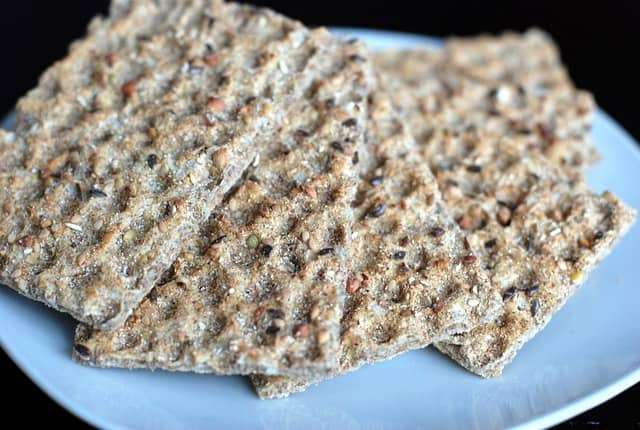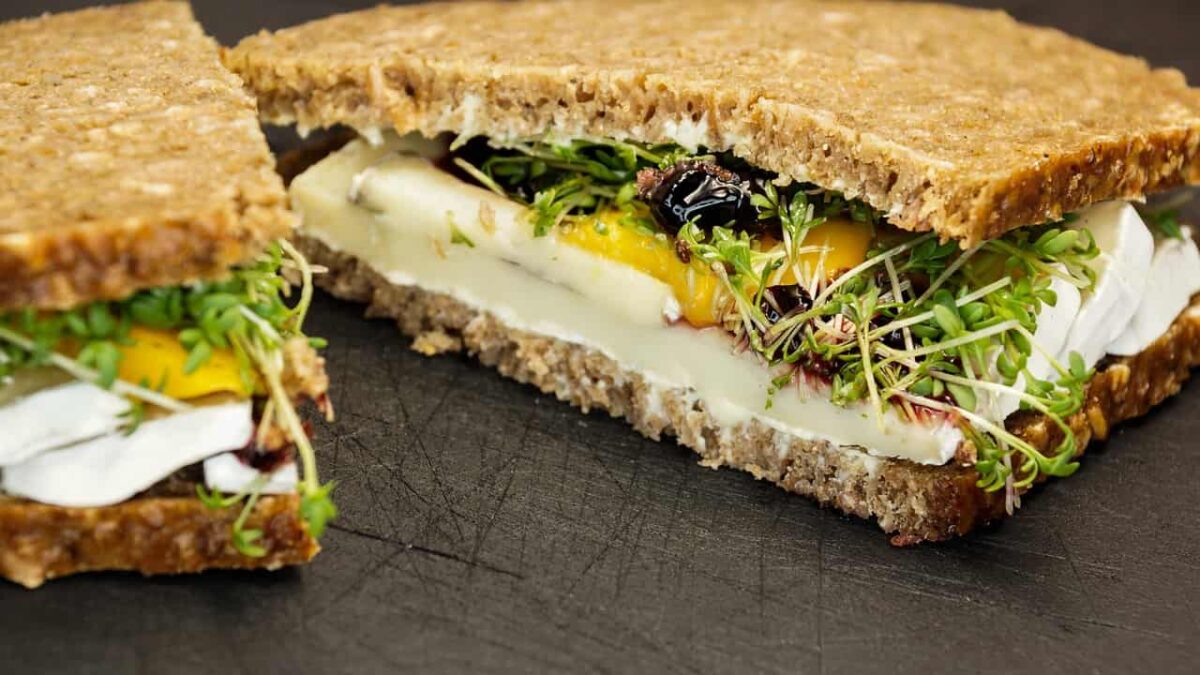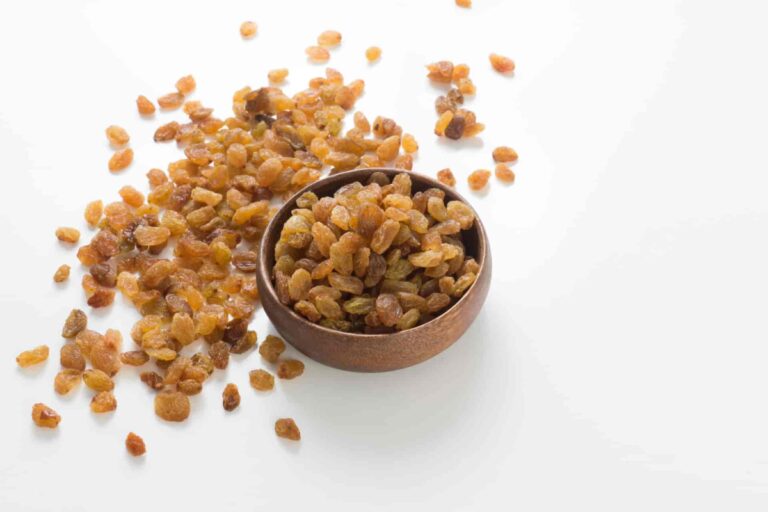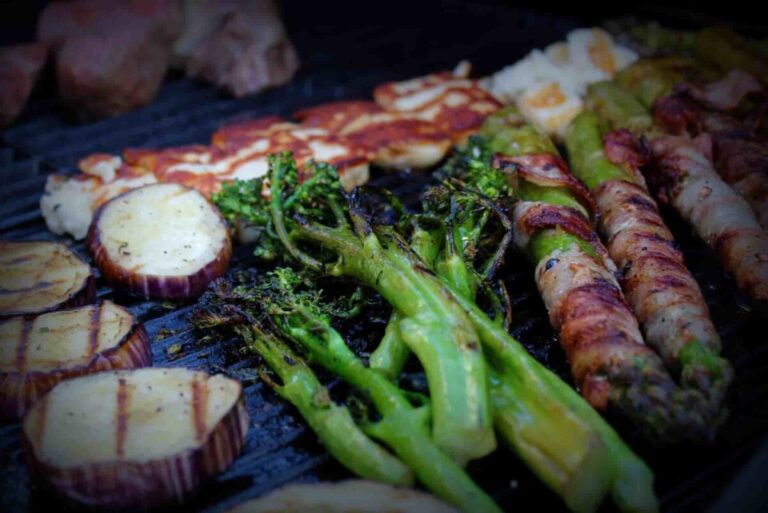33 top rye kitchen insights and benefits
Did you know that the rye crop has positive effects on the surrounding natural environment?
- Rye has been used as a winter cover crop for many generations, especially in organic agriculture. This practise is particularly prevalent in the United States. Rye is able to gather nutrients and enhance the health of the soil because of the enormous root system it has. Rye also has the ability to prevent soil erosion and manage weeds without the need for chemical herbicides or pesticides.
- The term “poverty grain” was previously often used to refer to it. It got its name from the fact that it is a hardy grain that grows well even in less than ideal growing conditions. The fact that it was often gathered and consumed by people living in poor neighbourhoods undoubtedly contributed to the perpetuation of this reputation.
- Rye is most often ground into flour and used in bread, as well as being fed to cattle. While the majority of rye bread is produced using a combination of rye and wheat flour, black bread made in the Scandinavian manner is made entirely with rye flour. Rye may also be consumed in a variety of other forms outside of baked goods. It is a component in the production of whisky, both multigrain mixes such as bourbon and single-grain rye whisky. It is also used as a foundational component in a variety of vodkas and gins.
- When compared to wheat flour, rye flour has a far higher protein content, less gluten, and the ability to absorb up to eight times its weight in water. Wheat flour can only absorb two times its weight in water. Even though its output is just 10% of that of wheat, rye is the second most popular cereal grain (wheat being the first) used in the manufacturing of bread.
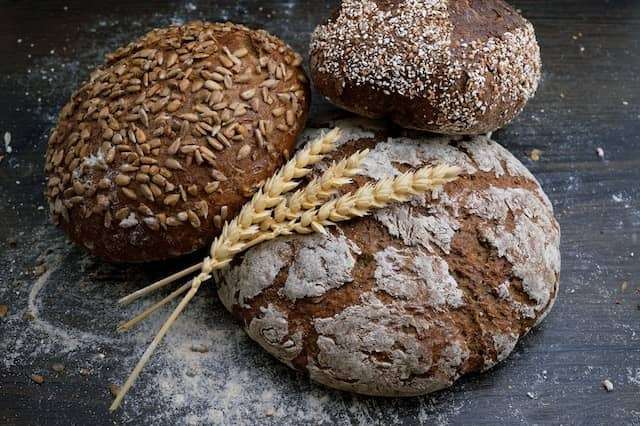
Rye nutrition values and health benefits
- Rye bread typically has more fibre and micronutrients, especially B vitamins, than other forms of bread, such as white or whole wheat. In addition, studies suggest that pure rye bread makes you feel fuller for longer and has a smaller effect on your blood sugar levels than white and wheat breads.
- Studies have shown a correlation between eating rye bread and lower levels of heart disease risk factors; thus, including it in your diet may have positive effects on your cardiovascular system.
- One study followed 40 people for 8 weeks, asking how their blood cholesterol levels changed when they got 20% of their daily calories from either rye or wheat bread. The total and LDL (bad) cholesterol levels of men were shown to be reduced by up to 14% and 12% after eating rye bread, respectively, compared to wheat bread. This is likely to happen because rye bread has a lot of soluble fibre, a kind of indigestible fibre that forms a gel-like substance in your digestive tract and may help remove cholesterol-rich bile from your blood and body.
- Those who suffer from type 2 diabetes or are unable to produce enough of the hormone insulin, which regulates blood sugar levels, must exercise strict vigilance in this regard. Rye bread has a number of potential benefits for blood sugar control.
- To begin with, it has a lot of soluble fibre, which slows down the digestive process and the absorption of sugars and carbs, resulting in a more gradual rise in blood sugar.
- In addition to helping regulate blood sugar, the polyphenolic compounds included in this supplement have been demonstrated to prevent sugar and insulin from entering the bloodstream.
- Rye bread may improve digestive health in a number of ways. First and foremost, it is high in fibre, which may help keep your bowels regular. Water is absorbed by soluble fibre, keeping stools bulky and mushy and making them easier to pass through the digestive tract.
- A new study using data from 51 people with constipation revealed that rye bread was more effective than whole wheat bread and laxatives in relieving the condition, and it did so without causing any unpleasant side effects. According to other studies, the fibre in rye bread has been linked to an increase in beneficial short-chain fatty acids like butyrate in the blood. Countless more studies have shown that rye bread is really delicious. The high content of soluble fibre in it may play a role in this, making you feel full for longer than usual.
- Some types of rye bread, especially the lighter ones, include phosphoric acid, an antinutrient that may reduce the body’s ability to use other nutrients, such as iron and zinc, from the same meal. However, those who eat a healthy, varied diet have nothing to worry about when it comes to antinutrients.
- Rye has a high concentration of gluten and dietary fibre, both of which may cause bloating in those who are gluten- or fibre-intolerant. Rye bread contains gluten, making it unsuitable for those with celiac disease or anyone else on a gluten-free diet.
100g of rye has 259 calories (1083kj), 9g protein, 3.3g fat, and 48g carbs, including 6g fibre.

How to store rye and how to buy them
- If it is stored correctly and in the appropriate circumstances, fresh rye bread may be edible for up to three days after it has been opened before it begins to grow stale. Do not keep rye bread out where it may be exposed to air since this can cause it to get stale more quickly.
- The packaged rye bread that we keep in our refrigerator has a shelf life of around three to four days before it becomes stale, although this might vary depending on how much storage space we have available or where we are located geographically. Because it has a tendency to dry up more quickly when refrigerated, rye bread should be stored at room temperature for the best results.
- If it is kept correctly, it will maintain its highest possible quality in the freezer for at least two to three months, maybe longer. The rye bread won’t go bad no matter how long you store it in the freezer at a temperature of 0 degrees Fahrenheit.
- You would need to choose whether to freeze it as a loaf or cut it into pieces before you could do so.
- It is recommended to freeze the food after it has been cut since this will make it easier to defrost the quantity that you can use.
- Wrap it with a protective covering, the majority of which should be aluminium foil, to prevent air from getting inside.
- After everything has been thoroughly wrapped, the next step is to place it in a bag and place it in the freezer.
- After sealing the bag, remove as much air as you can by squeezing it as much as you can.
- The last step is to place it in the freezer and let it freeze.
- Even though rye bread is a product that can be stored for a long time without spoiling, it may nevertheless get stale or develop mould. When it is kept in a humid environment and allowed to become stale, mould will begin to form on it. And when exposed to air, it becomes difficult to chew. The aroma and appearance of the rye bread are the greatest indicators of whether or not the bread has become stale or ruined.
- Rye flour has a lengthy shelf life, but after six to eight months, it begins to grow rancid. Due to the presence of germ in rye flour, it has a short shelf life and must either be frozen or refrigerated to maintain its quality.
- Because exposure to cold air helps to slow down the process of oxidation, you should make sure that the rye flour is always stored in the refrigerator or the freezer. As a result, the flour was protected from becoming rancid.
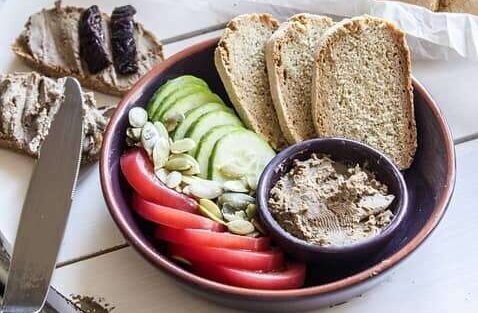
Cooking techniques, secrets, and tips from the kitchen
- Rye bread gets its unique flavour from the faint tang it contains. Rye bread has all the intricacy of a heartier grain without the heaviness, whereas “white bread” has become synonymous with “ordinary” or “plain.” If just rye flour were used, rye breads would have a very dense and heavy texture; adding whole wheat flour is a good compromise. While rye breads are traditionally made using a sourdough starter, this easy recipe eliminates the need for a starter, which may take weeks to mature.
- Danish rye bread, often known as rugbrod, is most notable for its ability to deftly blur the line between porridge and loaf bread. Like granola, it resembles sliced and toasted fermented oats. Toasted and spread with butter for breakfast or used as the foundation of an open-faced sandwich for lunch, this rye bread is one of the most flavourful and versatile options on the market. Try substituting your preferred seed or nut, or even a touch of dried fruit. This dough doesn’t need much work in the kitchen, like mixing, kneading, or decorative slashing. All you have to do is mix everything together, let it sit for a while, and then bake it in a pan. The sourdough starter is the most labour-intensive part of this recipe.
- Soest, an island off the northwest coast of Germany, is home to the oldest continually running pumpernickel bakery in the world, which first opened in 1570. The original recipe calls for rye flour and rye berries to be steeped and boiled for 24 hours before being baked at a low temperature for 12 hours. A new recipe that uses sourdough, wheat, and yeast to lighten the crumb may be made in about 16 hours and has a lighter crumb than the previous one. The Maillard reaction in the bread gives it its deep brown hue and complex flavour. Although it has no oil and very little, if any, added sugar, pumpernickel bread has a sweet, toasted, and even a tinge of bacon grease flavour.
- This liqueur is made with rye whisky and rock candy, with citrus and spices added for flavouring. The whisky’s natural spicy notes are muted by the crystallised sugar, creating a more balanced sweet and spicy taste. The injection has to be eaten within a week after being made. Following completion, it may be savoured neat, on the rocks, in tea, or as the base for your preferred whisky cocktail. Rock and rye is a traditional meal that was popular in the 19th century and was thought to cure any illness. Rising awareness and a growing fan base have contributed to rye whisky’s meteoric surge in popularity in recent years.
- Standard ingredients for a Reuben sandwich are rye bread, sauerkraut, Swiss cheese, and sliced corned beef with a side of dressing. It may be eaten either hot or cold, but is often served hot after being fried in the style of a grilled cheese sandwich. Typically, corned beef is used to make Reuben sandwiches, but pastrami makes a tasty alternative. The sandwiches often use Swiss cheese, but you may also use sliced or shredded Muenster, Havarti, or Gruyere.
- The Sazerac is a traditional cocktail that has been enjoyed in the Big Easy since the early 1800s. This simple recipe is a great way to add some flavour to your rye whisky. Rye whisky, sugar cube, Peychaud’s Bitters, and anise liqueur are the only other ingredients in this simple cocktail. One of the best-balanced cocktails you’ll ever try, the anise, bitters, and sugar all work together to accent the spicy rye. Like many well-known cocktails, there are a few different schools of thought on how best to make them. Anise liqueur, bitters, and rye whisky are popular additions, and many drinkers also like to use them as mixers.
- Rye is a grain that is packed with taste and pairs particularly well with butter, honey, and cinnamon. Salmon, horseradish, mayonnaise, lemon, capers, and rocket are all excellent additions to create a taste profile that leans towards the savoury side.

History of rye from the beginning until today
- The Levant, central and eastern Turkey, and bordering nations and areas are all home to a wide range of flora, including rye. Rye was one of the oldest cereal crops to be consistently planted on a wide scale, as shown by finds at Tell Abu Hureyra in modern-day Syria dating back to over 13,000 years ago.
- The earliest evidence of domesticated rye in the archaeological record comes from the Bronze Age of central Europe, around 1800–1500 BCE, but it is only found in trace amounts at a few Neolithic sites in Asia Minor (modern Turkey), most notably the Pre-Pottery Neolithic B Can Hasan III site near Atalhöyük.
- It’s possible that rye first arrived in Europe from Asia as a slight admixture with wheat (perhaps as a result of Vavilovian mimicry) and that it wasn’t until much later that it was farmed mostly on its own. The Rhine and Danube river valleys, as well as Ireland and the United Kingdom, have both yielded artefacts indicating the presence of this grain in Roman times. […] “It is blended with spelt to alleviate its bitter flavour, and even then it is really uncomfortable to the stomach,” Pliny the Elder, a Roman scientist, remarked of a grain that may have been rye.
- Since the Middle Ages, people have been growing rye extensively in Central and Eastern Europe. It’s the staple cereal food for most people living east of the French-German border and north of Hungary. It originated in southern Europe, where it was grown in marginal areas.
- Eastern, Central, and Northern Europe are now the world’s largest producers of rye. The primary rye belt stretches from central and northern Russia through the northern European countries of Germany, Poland, Ukraine, Belarus, Lithuania, and Latvia.
- Turkey, Kazakhstan, and northern China are among the other places where rye is grown alongside Canada and the United States, South America (Argentina, Brazil, and Chile), Oceania (Australia, New Zealand), and Europe. European countries, including the UK, France, and Germany, cultivate rye as well.
- Growing certain kinds of edible mushrooms is often done by using rye grain (also known as “Rye Berries”) as a grain spawn medium. After the grain has been cleaned, hydrated, and sterilised, mushroom spores are injected into it, and the mycelium develops by sucking water and nutrients out of the grain.
- Rye is a grain that should be avoided by those who have celiac disease, non-celiac gluten sensitivity, or wheat allergies because of the presence of gluten in rye. Rye is also not recommended for people who do not have celiac disease but still have a sensitivity to gluten. On the other hand, some who are allergic to wheat may find that they are able to tolerate rye or barley.
- Ergotism is a sickness that may develop as a result of eating rye and other grains that have been tainted by the ergot fungus, which is responsible for the production of ergoline toxins in items that have been infected by the fungus. It was prevalent before the turn of the twentieth century and may still occur now if sufficient food safety vigilance is not maintained. Despite the fact that it is no longer a regular disease as a consequence of modern food safety procedures, it was common before the turn of the twentieth century.
